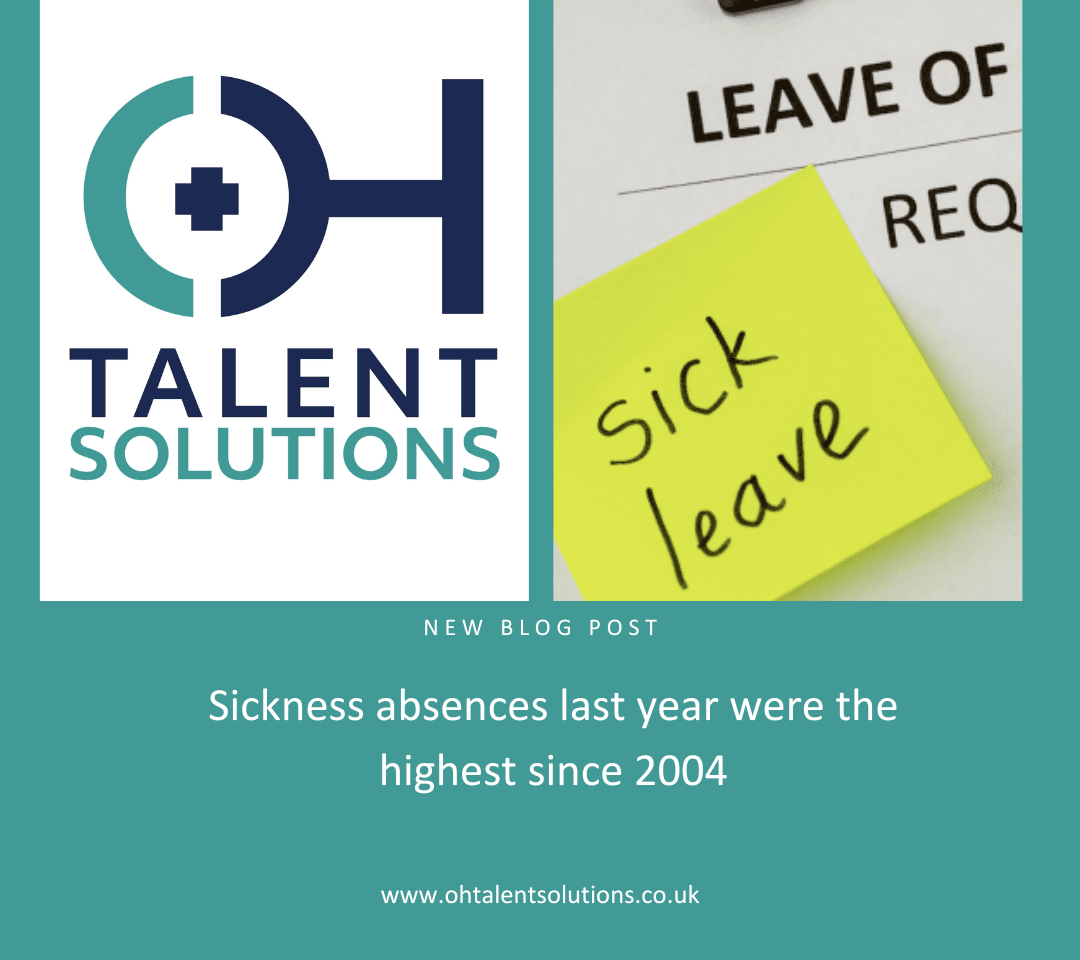Sickness absences last year were the highest since 2004
The level of sickness absence across the workforce rose last year to its highest level since 2004, official figures show.
Of total working hours, 2.6 per cent were lost due to sickness or injury last year, up from 2.2 per cent in 2021, according to data published by the Office for National Statistics.
About 185.6 million working days were lost due to sickness in 2022, which is the highest level on record.
The rise in sickness absence was recorded among all age groups last year, with “minor illnesses” recorded as the most common reason, accounting for 29.3 per cent of absences.
Unemployment is close to historic lows but it is not because more people are in work, according to ONS figures. Employment remains below pre-pandemic levels, while the UK is unique among rich countries in recording a rise in the number of people who are “inactive” to historically high levels.
About half a million workers left their jobs over the pandemic to become economically inactive, which means they are neither working nor looking for work. The main reasons were early retirement among workers aged 50 and over, long-term sickness and younger people entering study rather than work.
The trend has contributed to a shortage of labour supply that central bankers have warned would weigh on economic growth.
Jeremy Hunt, the chancellor, pledged to expand free childcare in an attempt to get more people back into work. The Office for Budget Responsibility, the government’s tax and spending watchdog, said the measures would partly make up for the shortfall in workers since the pandemic.
The number of people who were designated as long-term sick and were not looking for work “rose to a new record high” in the latest official labour market figures published last week. The figure went from 407,000 to 414,000 in the three months to February.
Despite the uptick in long-term sickness, the overall economic inactivity rate fell again in the three months to February, caused primarily by students entering the labour market. The ONS said the inactivity rate stood at 21.1 per cent, a 0.4 percentage point drop in the three months to February.
For more information visit – Sickness absences last year were the highest since 2004 (thetimes.co.uk)




